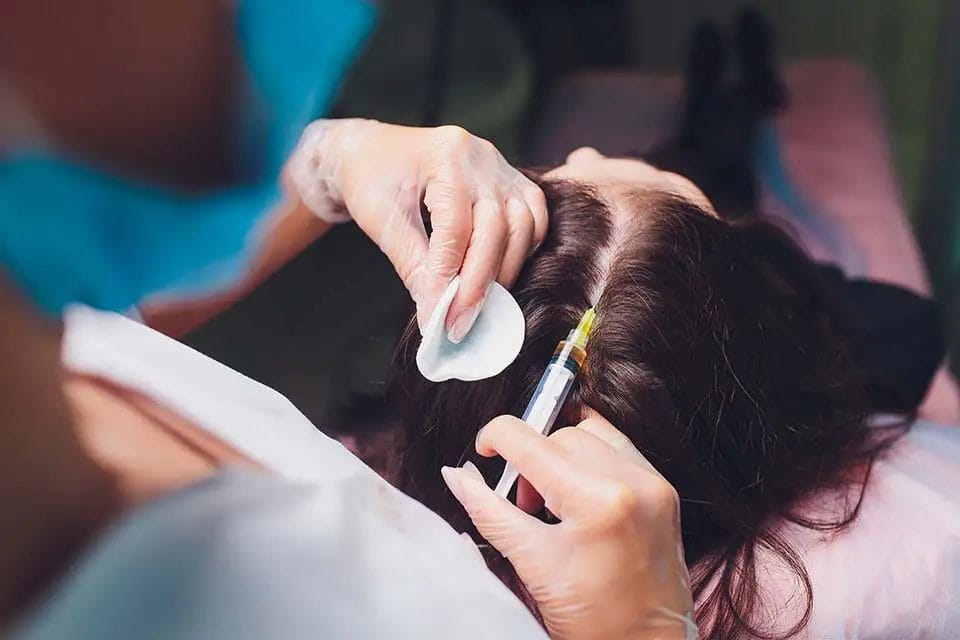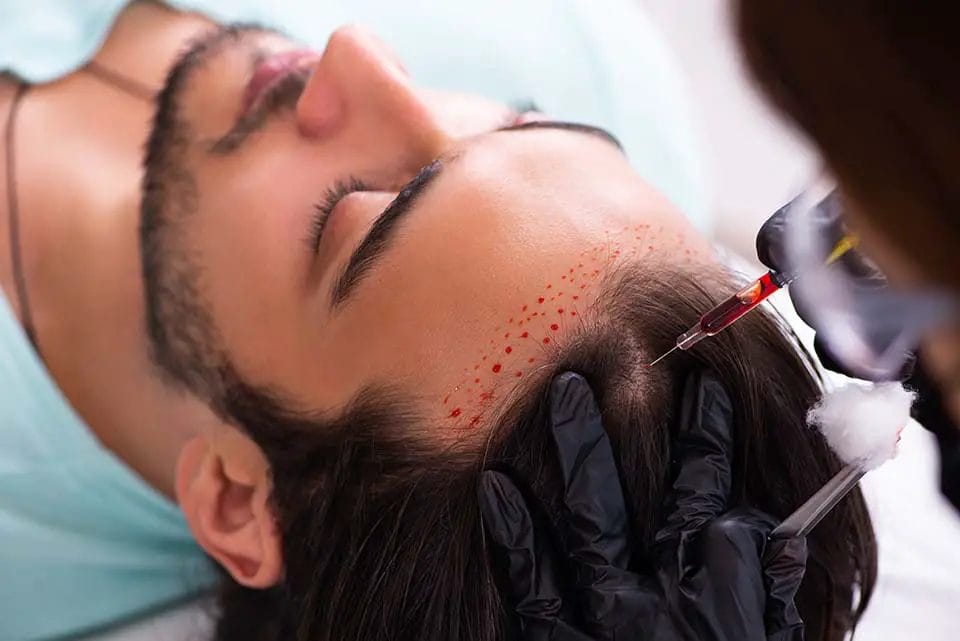- According to FUE Hair Clinic, the typical cost of a hair transplant is between $7,000 and $8,000 (Source)
- Research carried by the International Society of Hair Restoration Surgery (ISHRS) found that the average cost for a hair transplant in the United States is $8,000 (Source)
- Research carried out by Hair Transplant Network found that, of 300 clinics surveyed, the average cost of an FUE hair transplant in the United States was $8,000 (Source)
- According to Hair Transplant Resource Center, the average price for a hair transplant in Canada ranges between $3,500 and $11,100 (Source)
- Will insurance cover it? Hair transplant surgery is usually considered cosmetic and your insurance company may not pay for it. However, coverage may be available if your hair loss is caused by an injury or illness (Source)
If you are bald or have significantly thinning hair, you may be considering a hair transplant. A hair transplant is a surgical procedure that moves hair from one part of the scalp to another. Hair transplant cost can be a major factor in your decision-making process.
Cost Factors
1. Amount of hair loss
The amount of hair loss you have will influence the price of your transplant. The number of transplanted grafts needed for a successful outcome is also important, as it determines how much work needs to be done. After considering these factors, physicians determine how many sessions are required to complete the process. Some patients need only one session while others may need multiple sessions.
2. Hair transplant techniques
There are two main hair transplant techniques used in the industry today. The Follicular Unit Transplant (FUT) method leaves long, thin strips of skin with harvested hair on them. The second option is the Follicular Unit Extraction (FOE) method that removes one follicle at a time. Some patients find the FUE option to be more convenient and less painful. This is because it can be performed in only one session, requires minimal downtime, and does not leave linear scars. The primary downside of FOE is that it takes longer than FUT and costs slightly more.
3. Quality of hair

The quality of hair determines how successful a hair transplant will be. If the hairs harvested from the back of the head have a high density and thick diameter, they are most likely to yield better results. In contrast, if your hair is sparse and fine, it may not provide as much coverage as coarse thick hair would. This means that you might need more sessions or a larger number of grafts to achieve the desired outcome.
4. Location
The cost of a hair transplant can vary depending on where you live. Procedures done in major metropolitan areas, such as New York or Los Angeles, are typically more expensive than those done in smaller cities or rural areas. This is because the cost of living and doing business is higher in larger cities.
5. Physician experience

The experience of your physician will also affect the overall cost of your hair transplant. Experienced surgeons typically charge more for their services, but you can be assured that they know what they are doing and have a high success rate.
The success of a hair transplant depends on some factors, including donor hair quality and the experience of the surgeon. If you choose to go overseas for a procedure, you must consider its success rate before making any decisions about your treatment. Despite being popular in some countries, FUT has been known to yield poor results in certain instances.
6. Additional procedures
Some patients elect to have additional procedures done at the same time as their hair transplants, such as a facelift or neck lift. While these procedures are not necessary, they can help improve the overall results of the transplant and make you look younger. If you are considering having any additional procedures done, be sure to factor their cost into the overall cost of your transplant.
7. Anesthesia
The type of anesthesia used to keep you comfortable during your transplant will also affect the total cost. While it is standard to be put under general anesthesia for a hair transplant, this increases the price because it requires additional equipment and labor. If you choose to have local anesthesia instead, you can expect to spend less money on your procedure.
8. Recovery time

The amount of time you need to recover from your hair transplant will also affect the final cost. If you can return to work and resume your normal activities within a few days, you will not spend as much money on medical bills as someone who needs a longer recovery period.
9. Post-operative care
The cost of post-operative care is often overlooked, but it can be significant. This includes the cost of prescription medications, hair products, and follow-up appointments with your surgeon. Be sure to ask your surgeon about the cost of post-operative care before you undergo your procedure.
10. Hair growth supplements

Some hair transplant patients wish to take hair growth supplements, which can further increase the cost of a hair transplant. These treatments typically include Biotin and Minoxidil, both of which work to improve blood circulation and stimulate hair follicles to grow new strands of hair. If you elect to have this done in conjunction with your hair transplant, consider asking your surgeon about any additional costs you might face.
11. Ancillary costs
There are many ancillary costs associated with hair transplants, including transportation to and from the clinic, lodging expenses if your procedure is not done near home, child care in case you need someone to watch your kids while you recover from your procedure, and meals. If possible, try to factor these expenses into the overall cost of your transplant.
12. Insurance
Hair transplant surgery is usually considered cosmetic and your insurance company may not pay for it. However, coverage may be available if your hair loss is caused by an injury or illness.
Before & After Pics
You may think that a hair transplant is only for men, but women can benefit from it too.
Women often suffer from thinning hair, especially around the temples and crown area. Hair transplants can help restore volume and fullness to areas where hair loss occurs.
A hair transplant is a surgical procedure that uses follicular units from the back of the head to fill balding spots. Follicular units contain both hairs and blood vessels, so when transplanted into a bald spot, they grow into healthy-looking hair.
While most patients prefer to undergo a single session, multiple sessions are sometimes necessary if the recipient site is large.
Conclusion
With many things to consider, the cost of a hair transplant is complicated. If you want to ensure that your procedure goes as smoothly as possible and that you will get the results you expect, be sure to take your time and find the right surgeon for your needs.
Do some research into various surgeons and facilities before making any decisions about your transplant. If you want to get the best transplant possible, choosing a high-quality surgeon is paramount. Once you’ve got a full head of hair, check out how to bleach your short haircut!

Hi, my name’s David. I started this pricing blog as a side project to help people figure out the best prices on common services. Whether you’re trying to figure out how much it costs to get scanning done at Staples or the expense to bleach short hair, more than likely I’ve blogged about it. Shoot me an email if you have any questions: david@mightyprice.com.